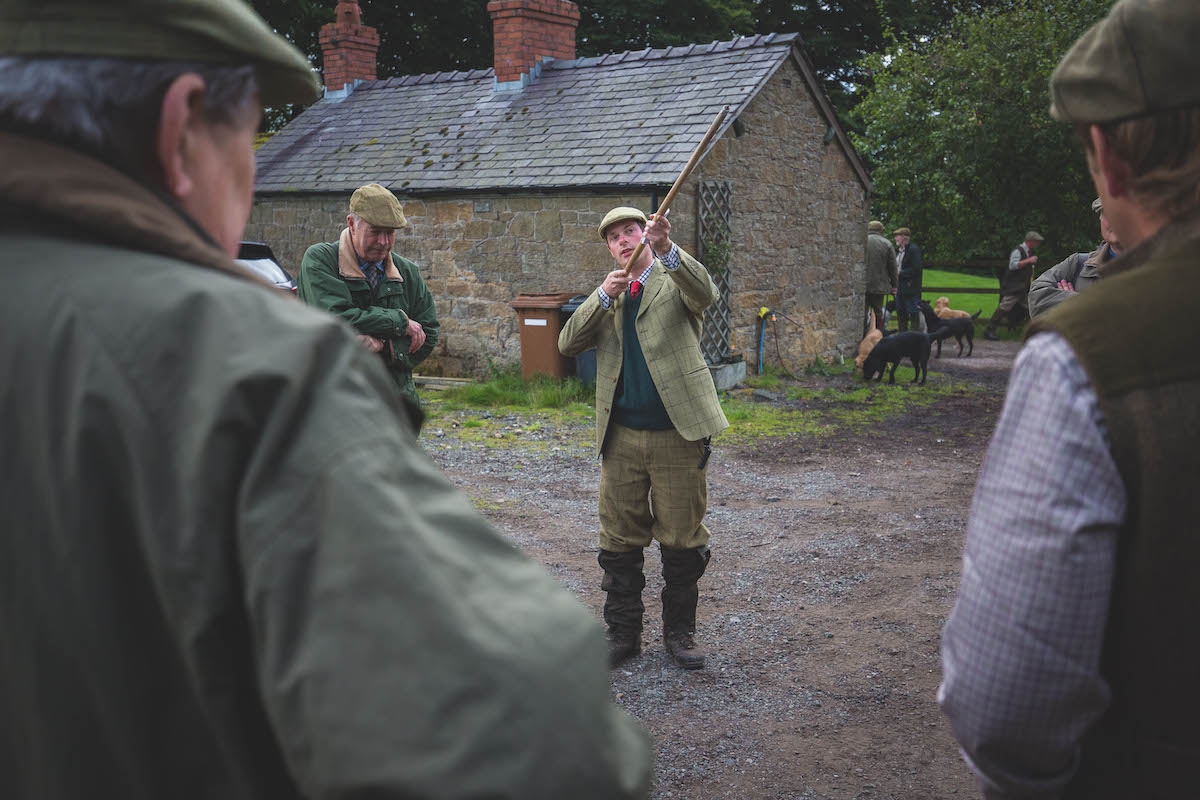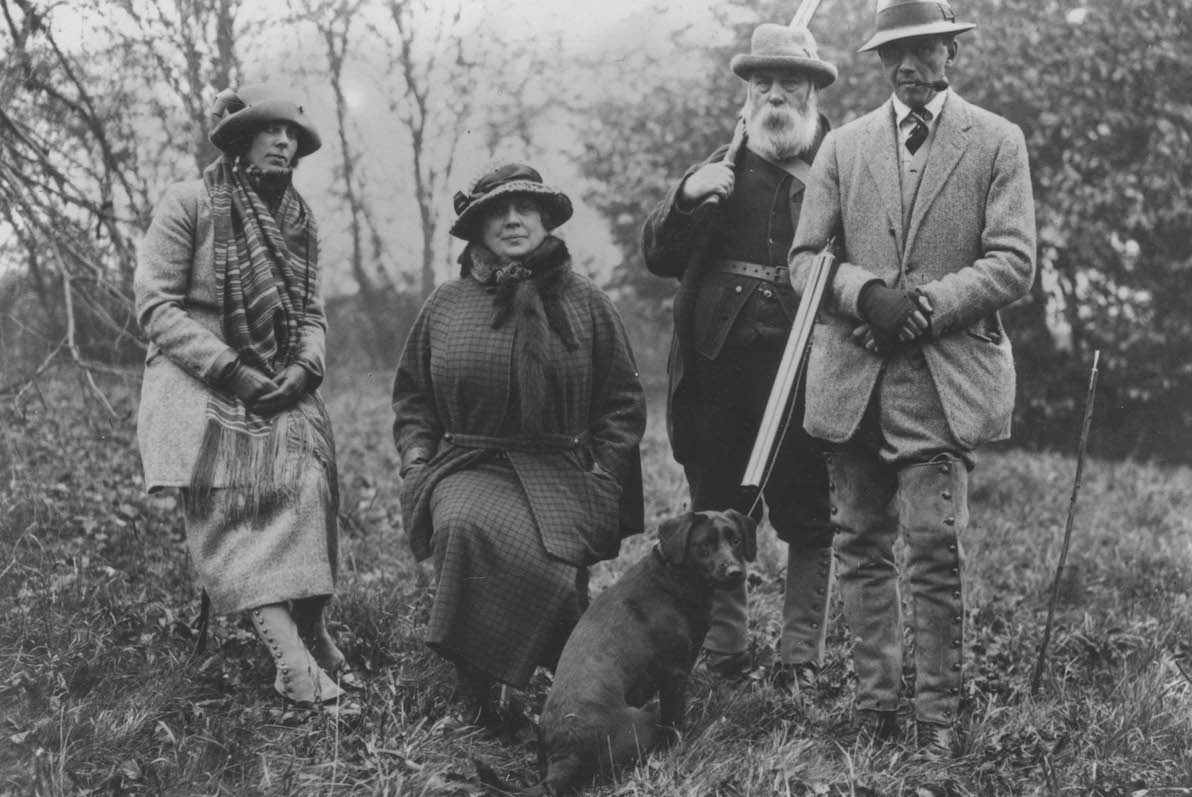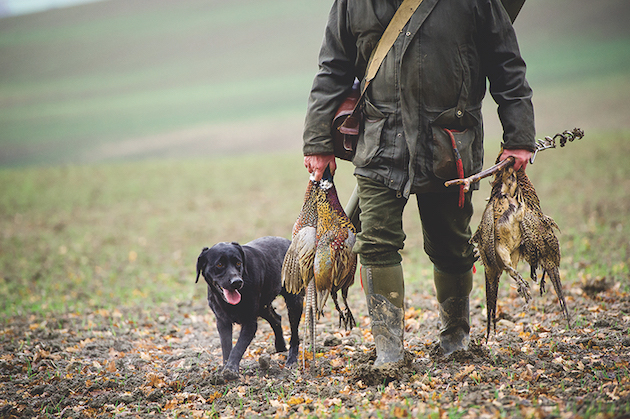Safest Shots: Are Brits the most cautious out in the field?
With different counties adopting different approaches to shooting safety, Matt Cross ranks the UK against the rest of the world

Safety briefings are part and parcel of a shoot day in the UK
Who are the safest Shots?
They shoot everything — blackbirds, song thrushes, everything,” my informant said with the kind of conviction only an eight-year-old can muster. It must have been the mid-1980s and the farm next door had started letting out shooting. Small, scruffy farm boys in the school playground were feverish with the news that Italians were here to shoot and they were murderous rogues. (Read the shooting safety rules.)
We waited agog with expectation that any day now they would shoot a beater. But they never did and playground talk returned to Big Daddy’s feud with Giant Haystacks and the film Apaches. I have no reason to believe any of the allegations made were true — for all I know, the Italians were perfect gentlemen, excellent Shots and could not have been safer — but the idea that European and other overseas Guns are not the safest Shots is a persistent one. (Read should you tell off an unsafe Shot?)

A keeper’s left ear is still recovering from woodcock shooting with French visitors
Fatal accidents
Superficially, it has some appeal. I know a gamekeeper whose left ear will never recover from the day he took a French party woodcock shooting and a goose guide who refuses bookings from Maltese guests. Not so long ago, I watched an American with his gun waist high, loaded, closed and only a few degrees above horizontal, turning from side to side on his peg.
The numbers also don’t look good. All types of fatal firearms accidents in the UK are in single figures in most years. It is hard, if not impossible, to make international comparisons, but the annual number of fatal hunting accidents in France have only dipped into single figures twice since the year 2000. In North America, hunting accidents usually number around 1,000 per year, with around 10% of those proving fatal.
On a windswept barley stubble, the goose guide, whose name I do not have permission to disclose, told me why he had stopped taking Maltese clients. “It was dangerous,” he said. “In Malta, a hunting area can be so small it is measured in square yards, so they have to be ready all the time. So they get out of their cars and load their guns. They also tend to like semi-autos, and once they have loaded them, they then don’t unload them until their day’s shooting ends. They have no concept of walking to a hide with an unloaded gun.”
He added: “The other issue is that we have far more quarry than they do in Malta. They come with the mindset that if you get a shot, you take it, but here we have enough quarry that we can pick and choose. So they will take shots that to us are unsafe, but to them are normal.”

Wearing orange is a safety requirement for shooters in some regions of the US
A professional stalker gave me his take on an American client. The two men were friends and he spoke about him with affection, but it was mingled with frustration. “Being the safest Shots is drummed into us, it’s not drummed into them,” he claimed. “He will take a shot and then say ‘was that safe?’.” The stalker outlined what he believed were the reasons for the differences: “They have short hunting seasons, in some cases the entire firearms season for bucks can last just a few days. So you take your chances or you miss out.”
He also pointed to another key distinction between our approach to safety and that of Americans. He said: “They rely on other people making themselves safe, by wearing blaze orange or just staying out of hunting areas, while we put the pressure on the hunter to be safe, by only taking the safest shots.”
In the UK, there is a distinct approach to safety. Every British shooter of any discipline has two memorable lines drilled into them — “never shoot where you can’t see” and, famously, “all the pheasants ever bred won’t repay for one man dead”.
With a slight but distinct feeling of smugness, we think this is what marks out our shooting safety culture: we are more careful, more restrained. But it is the preceding lines of Mark Hanbury Beaufoy’s A Father’s Advice that really mark the difference. (Read the rules on shotgun cartridge safety.)
Taking responsibility
When Beaufoy told his son that “stops and beaters oft unseen lurk behind some leafy screen”, he meant no criticism of the stops and beaters, and no British shooter would think he did. For us, the responsibility is not to shoot anyone. Avoiding getting shot may be wise, but it is not a moral duty.
Anyone who beats regularly will know when and where to give the flag some additional cracks to make sure the Guns see them. But should someone make a mistake and injure that beater, the responsibility would rest entirely with the person who pulled the trigger, not with the one who did not wave their flag with enough vigour.
People in other countries, such as France or the US, may claim to believe the same, but subtle clues suggest otherwise. When a 63-year-old man died after being shot by a 52-year-old shooter at a private hunting camp in Franklin County, Mississippi, it was reported that the incident was a “perfect reminder of what can happen when people disregard two basic rules of hunter safety: know your target, orange saves lives”.
The latter ‘rule’ refers to the requirement to wear orange while hunting in Mississippi and the suggestion seemed to be that as the 63-year-old was not wearing orange, he may have been at least partly at fault. I can find no record of the shooter facing any charges and the Mississippi Clarion-Ledger reported: “The sheriff says evidence suggests the shooting was an accident.”
When two people were injured in a week in hunting accidents in France, including a man who was critically injured by a ricocheting bullet while driving on a dual carriageway, the police arrested the hunter. The head of the French hunting federation said: “Zero-risk hunting is not possible.”
Why we have a different approach to safety in the UK is difficult to determine. Maybe it is something to do with our laws, perhaps it is the product of a culture of driven bird shooting, where Guns and hidden beaters spend so much time in potentially lethal proximity, or maybe it is the enduring effect of Beaufoy’s simple, memorable lines.
Not the safest Shots?
I should mention that I have only seen one person shot and they were shot by a Brit. I’ve seen two near misses, both involving British Guns. If your greatest safety worry is that the next gun along is Italian, French or American, then I would suggest your complacency is much more likely to kill or injure someone than they are.








